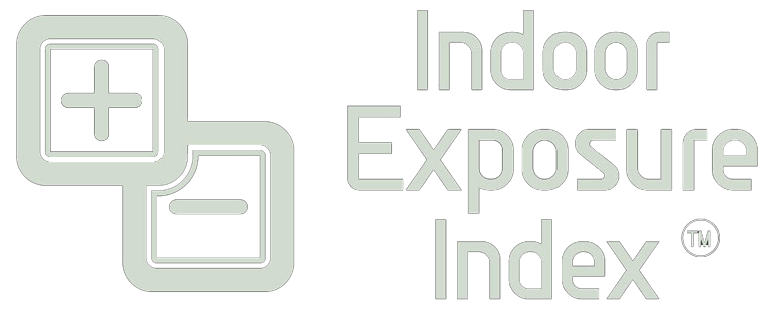The purpose of an IAQ Exposure Index is to measure and index levels of exposure to indoor air pollutants in real-time. It helps anticipate IAQ impacts through a simple at-a-glance metric weighted for airborne contaminants of concern.
IAQ-EI is being driven by technological advancements in IAQ monitors, such as wall-mounted units that detect 0.1-micron particles linked to viral loads and transmission – a crucial size relating to infectious disease transmission – plus particles consisting of bacteria, mold and pollen. Additionally, these monitors may be fitted with plug-and-play modules for heightened sensitivity to specific contaminants that is the foundation of an effective IAQ Index. Such systems offer real-time data collection and integration with building systems.
Potential benefits of an IAQ-EI include better management of airflow, ventilation, and air purification systems to reduce the spread of infectious illnesses and other harmful exposures. By providing a clear and immediate understanding of indoor air quality, facilities professionals can create safer environments for workers and other building occupants.
An IAQ-EI can also serve as a vital complement to the EPA’s outdoor Air Quality Index (AQI) by addressing the specific needs and conditions of indoor environments. While the outdoor AQI measures and reports air quality outside, the IAQ-EI focuses on indoor air quality, providing a comprehensive approach to monitoring and managing air quality in all environments.
